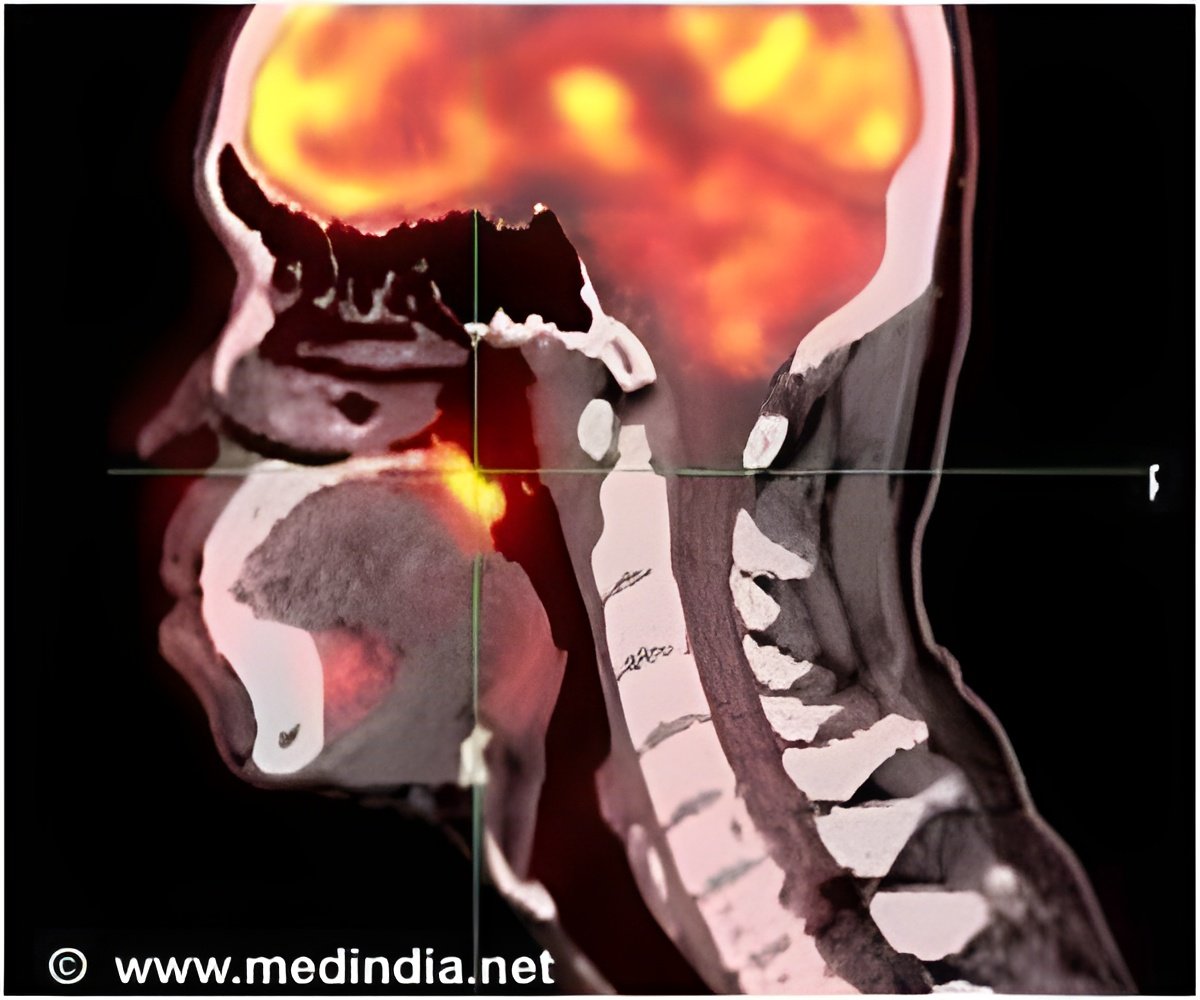Improving a protein pathway in the body’s bloodstream could help protect against fatal radiation poisoning, according to a new study published in the journal Nature Medicine.

By identifying a target-specific intervention to protect the hematopoietic system against radiation toxicity, the study addresses a largely unmet challenge, according to the researchers.
"These findings suggest that pharmacologic augmentation of the activity of the Thbd-aPC pathway by recombinant Thbd (thrombomodulin) or aPC (activated protein C) might offer a rational approach to the mitigation of tissue injury and lethality caused by ionizing radiation," the scientists write in their manuscript. "Recombinant human aPC has undergone extensive clinical testing in patients, and recombinant soluble human Thbd is currently being investigated for efficacy in antithrombotic therapy in humans. Our data encourage the further evaluation of these proteins for their radio-mitigating activities."
The study reveals a previously unknown function of the Thbd-aPC pathway in radiation mitigation. The pathway is normally known for its ability to prevent the formation of blood clots and help the body fight infections. The researchers found the pathway helps blood cells in the bone marrow recover from injury caused by radiation exposure. They demonstrated that pharmacologic boosting of this pathway with two drugs tested for the treatment of thrombosis or infection (recombinant Thbd and aPC respectively) can be used in mice to prevent death caused by exposure to lethal doses of radiation.
In all instances of treatment with recombinant soluble Thbd or aPC, the result was accelerated recovery of hematopoietic progenitor cell activity in bone marrow and a reduction in the harmful effects of lethal total body irradiation. When treatment was with aPC, these benefits occurred even when treatment was delayed for 24 hours.
The scientists caution their study involves early laboratory research in mice, so it remains to be tested how the findings may translate to human treatment. Researchers also need to determine exactly why the protective function of the targeted Thbd-aPC protein pathway seems to work so well in mice.
Advertisement
The study involves extensive multi-scientist collaborations that combined previously independent lines of research by groups at Cincinnati Children's Hospital Medical Center and the University of Ulm, Germany (led by Hartmut Geiger, PhD, Division of Experimental Hematology/Cancer Biology and the Department of Dermatology/Allergic Diseases); the University of Arkansas, Little Rock (led by Martin Hauer-Jensen, MD, PhD, Division of Radiation Health, the College of Pharmacy and the Central Arkansas Veterans Healthcare System); the Blood Research Institute in Milwaukee, Wis. (led by Hartmut Weiler, PhD); and The Scripps Research Institute in La Jolla, Calif. (led by John H. Griffin, PhD, Department of Molecular and Experimental Medicine).
Advertisement
Source-Eurekalert















